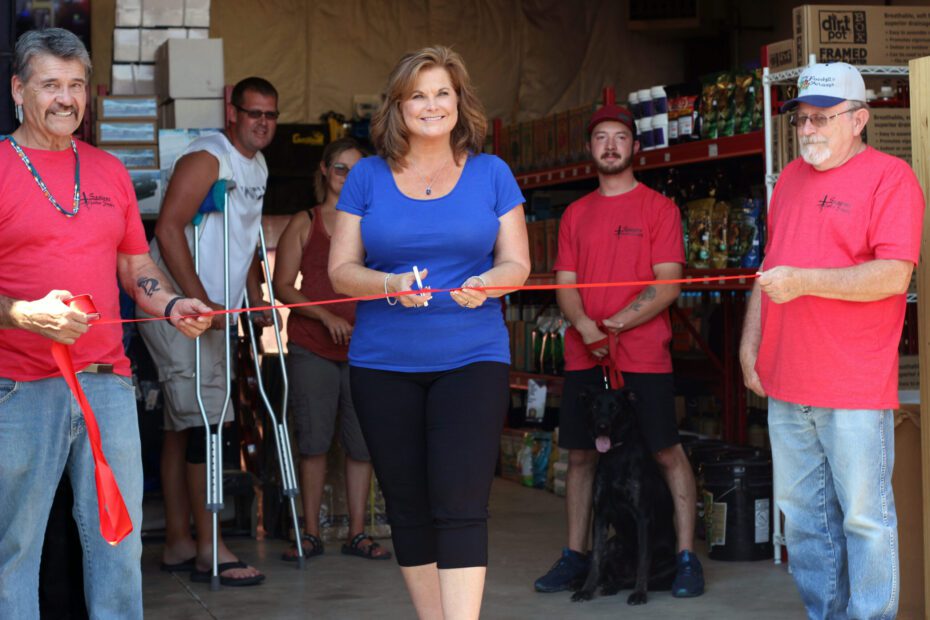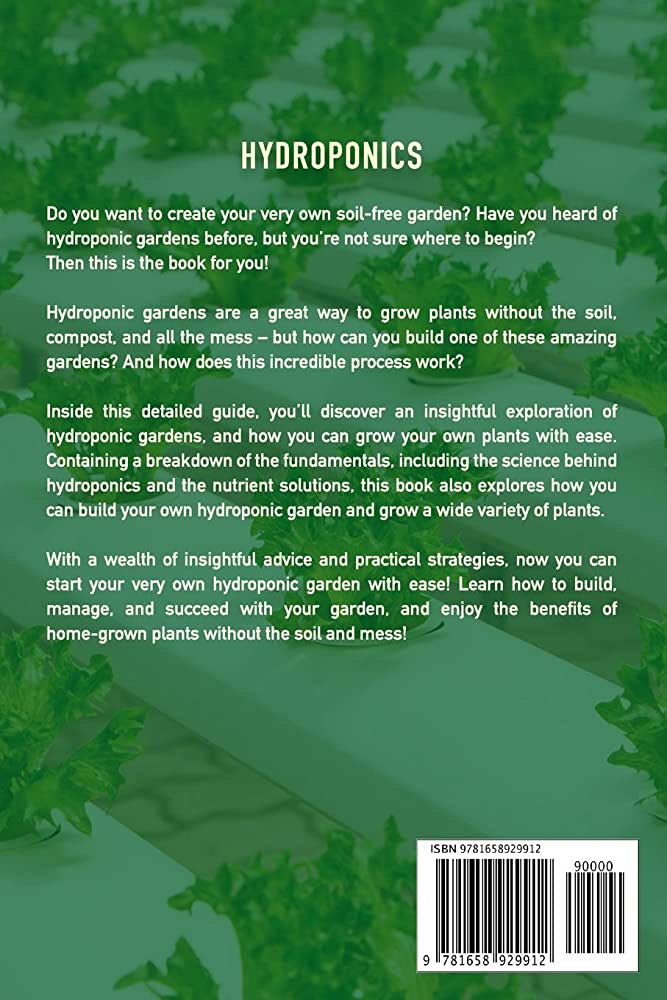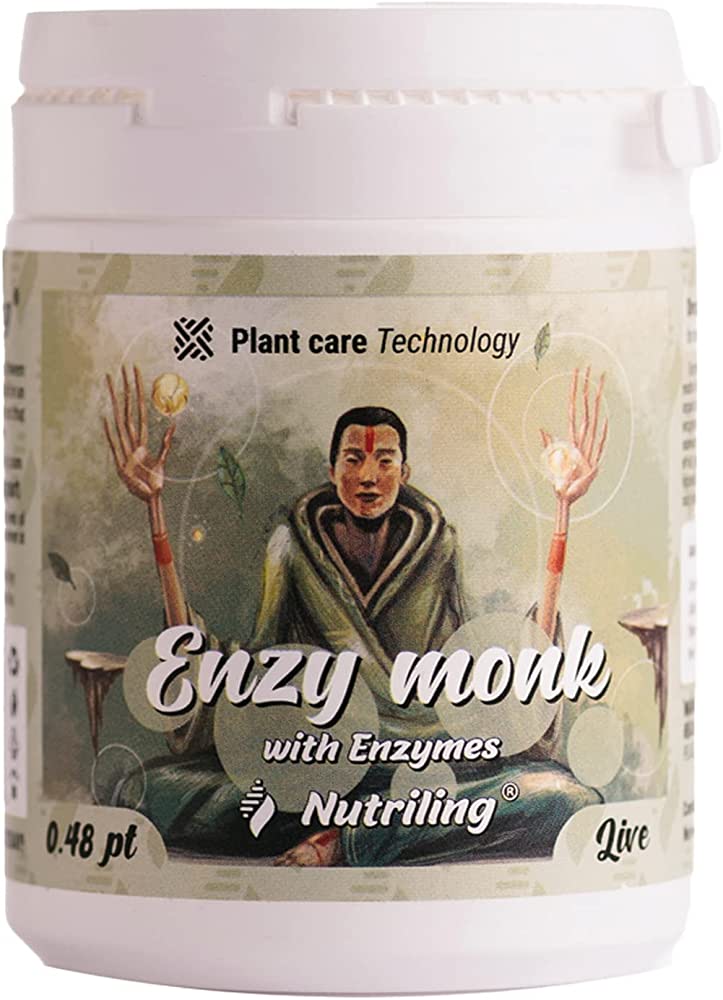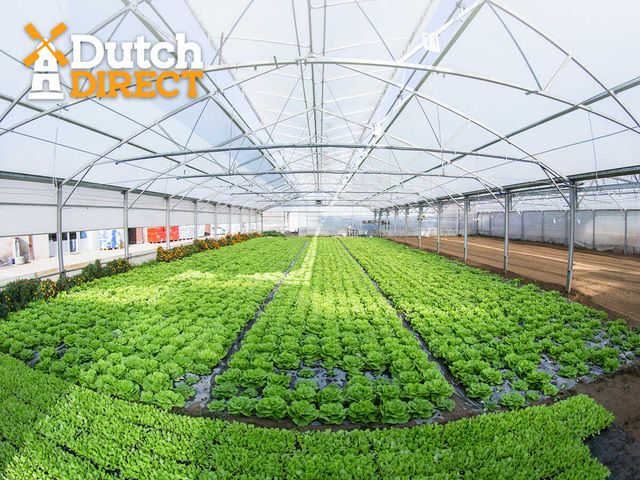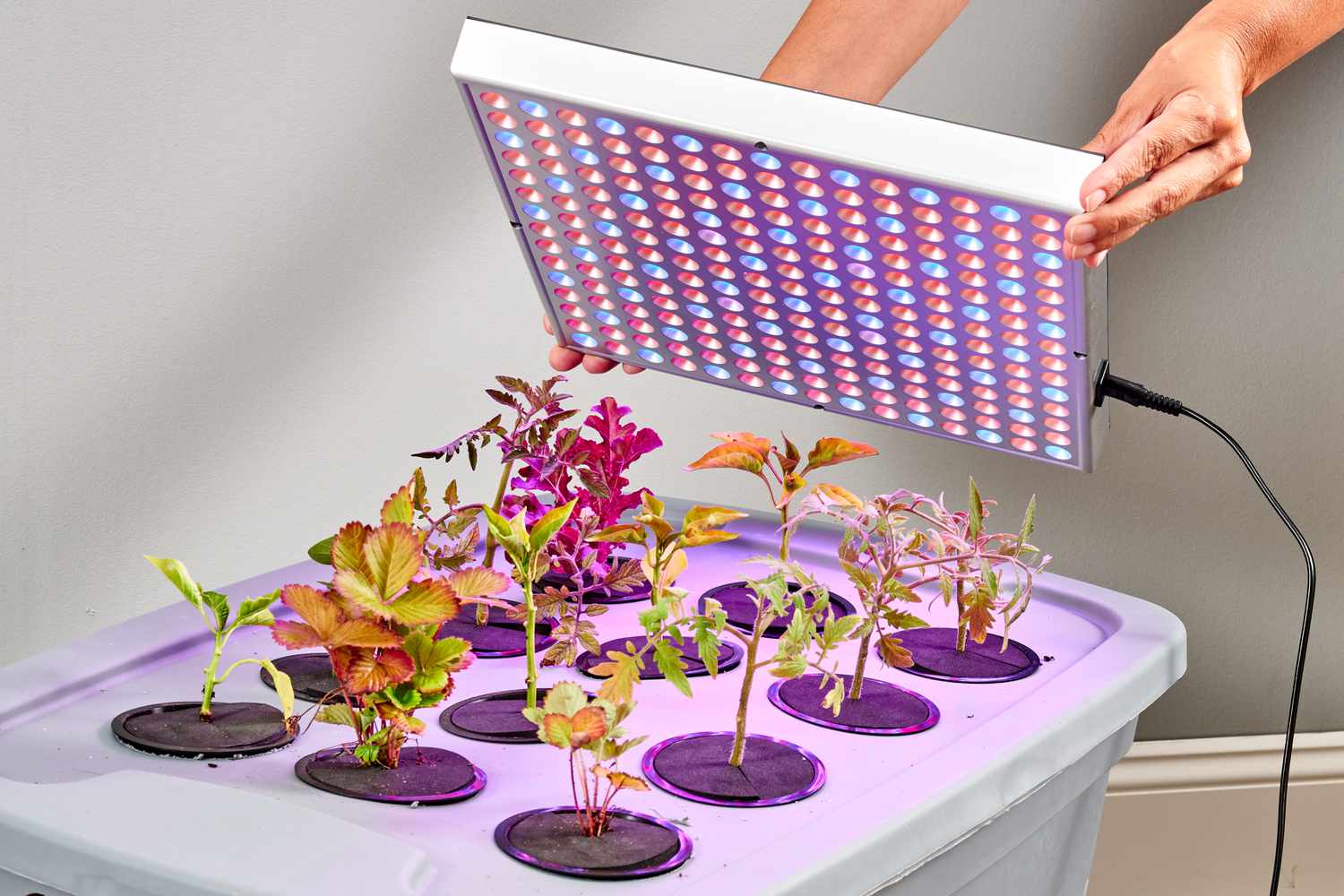Hydroponic gardening is better than traditional soil gardening due to higher yields and faster growth rates. Hydroponic systems use nutrient-rich water instead of soil, leading to less waste and water usage.
Gardening has been a popular pastime and source of fresh food for centuries, and with the advent of new technologies, it has become even more accessible. Traditional soil gardening is still the most common type of gardening, but hydroponic gardening has become increasingly popular due to its numerous benefits.
Hydroponics involves growing plants using nutrient-rich water instead of soil. In contrast, traditional soil gardening involves growing plants in soil. There are several key differences between hydroponic and traditional soil gardening. This article explores the pros and cons of hydroponic and traditional soil gardening and compares which method is better.

Credit: www.bloomberg.com
Comparison Of Hydroponic And Traditional Soil Gardening:
Hydroponics and traditional soil gardening are two different ways of cultivating plants. While traditional soil gardening involves planting in organic soil, hydroponic gardening is the process of growing plants in a nutrient-rich solution. But which one is better? Here’s a head-to-head comparison of the two methods, including the benefits and shortcomings of each.
Head-To-Head Comparison With Benefits And Shortcomings:
Benefits Of Hydroponics:
- Hydroponic systems use less water since the same nutrient solution is continuously recirculated.
- Hydroponic plants grow faster than those grown in soil.
- Hydroponic plants are less prone to pests and diseases than traditional soil-grown plants.
Shortcomings Of Hydroponics:
- Hydroponic gardening requires an initial investment in equipment and supplies.
- The high-tech nature of hydroponic gardening may intimidate some gardeners.
- If the hydroponic system fails, the plants will die quickly.
Benefits Of Soil Gardening:
- Organic soil contains essential nutrients, minerals, and microorganisms which encourage healthy plant growth.
- Soil gardening is a familiar method of gardening that most people understand.
- Replenishing soil nutrients is easy and inexpensive.
Shortcomings Of Soil Gardening:
- Soil gardening requires more water than hydroponic gardening.
- Soil-borne pests and diseases can harm plants.
- The additives in soil must be carefully monitored to avoid contamination.
Analysis Based On Climate And Geographical Location:
Climate and geographical location can significantly impact the success of hydroponic and traditional soil gardening. Here are some factors to consider:
Hydroponics:
- Hydroponic gardening is well-suited for extreme climates where traditional gardening is more difficult.
- Hydroponic gardening can thrive in small spaces like apartments and urban environments.
- Hydroponic gardening is ideal for areas with poor soil quality.
Soil Gardening:
- Soil gardening is responsive to natural fluctuations in weather and temperature.
- Soil gardening can adapt to any geographical location.
- Soil gardening can take advantage of natural fertilizers and organic material.
Cost-Effectiveness Of Both Methods:
The cost-effectiveness of hydroponic and soil gardening methods depends on several factors, including setup and maintenance costs, ongoing expenses, and overall yields.
Hydroponics:
- Hydroponic systems require an initial investment in equipment and supplies.
- Utilities cost more because of the need for artificial light and temperature control.
- High yields offset setup and maintenance costs.
Soil Gardening:
- Soil gardening is a relatively inexpensive method.
- Utilities cost less compared to hydroponic since it relies on natural light and temperature.
- Lower yield potential per square foot, depending on soil quality.
Efficiency In Producing High Yields:
Both hydroponic and soil gardening methods can produce high yields, although the efficiency of each method varies.
Hydroponics:
- Hydroponic gardening produces more yield per square foot of growing space.
- Hydroponic plants grow much faster, leading to higher yields.
Soil Gardening:
- Soil-grown plants produce a smaller but more flavorful crop.
- Soil-grown plants have more significant root systems, allowing for a higher nutrient uptake.
Environmental Impact Of Both Methods:
Environmental impact considerations such as water usage and sustainability must be factored while comparing hydroponic and soil gardening methods.
Hydroponics:
- Hydroponic gardening uses significantly less water than soil gardening.
- Hydroponic systems produce less waste and pollution.
Soil Gardening:
- Soil gardening can take advantage of natural cycles and processes, reducing environmental impact.
- Soil gardening can use natural fertilizers, promoting sustainability.
Each method has its benefits and shortcomings. Hydroponics offers faster growth and higher yields with less water but at higher initial cost. Soil gardening is traditional and less expensive, producing more flavorful and nutritious crops but requiring more water. The choice between hydroponic and soil gardening depends on individual preferences and factors including climate, geographical location, and cost considerations.
Advantages Of Hydroponic Gardening Over Traditional Soil Gardening:
Hydroponic gardening is becoming increasingly popular because of the numerous advantages it offers over traditional soil gardening. Here are the key advantages of hydroponic gardening:
No Need For Pesticides:
In hydroponic gardening, since the plants are not growing in soil, there is no need for pesticides as there are no soil-borne pests. This means that farmers can save money on pesticides and also reduce their exposure to harmful chemicals.
It also ensures that the crops are free from any chemical residues, making them safer for consumption.
- No soil-borne pests mean farmers can save money on pesticides.
- No exposure to harmful chemicals for farmers and consumers.
- Safer crops for consumption as there are no chemical residues.
Controlled And Precise Nutrient Delivery:
In hydroponic gardening, nutrients are delivered to the plants directly through the nutrient solution, which ensures that the plants get the right amount of nutrients they need for optimal growth. This precise nutrient delivery results in healthier plants, faster growth, and higher yields.
- Nutrients delivered directly to the plants for optimal growth.
- Precise nutrient delivery results in healthier plants.
- Faster growth and higher yields due to the right amount of nutrients.
Substantial Increase In Crop Yield:
Hydroponic gardening provides an environment that is highly conducive to plant growth, resulting in an increase in crop yield. Hydroponic crops typically produce more fruit and vegetables per square foot than traditional soil-grown crops. This means that farmers can produce more food in less space and time, increasing their revenue.
- Highly conducive environment for plant growth resulting in higher yield.
- Hydroponic crops produce more food per square foot than traditional soil-grown crops.
- Farmers can produce more food in less space and time, increasing their revenue.
Saves Water And Other Resources:
Hydroponic gardening uses 90% less water than traditional soil gardening. This means that farmers can grow crops even in water-scarce areas. It also helps in conserving energy as there is no need for tilling, plowing, or weeding.
- Hydroponic gardening uses 90% less water than traditional soil gardening.
- Farmers can grow crops even in water-scarce areas.
- Conservation of energy as there is no need for tilling, plowing, or weeding.
Overall, hydroponic gardening has numerous advantages over traditional soil gardening, making it a more sustainable, efficient and profitable method of farming.
Advantages Of Traditional Soil Gardening Over Hydroponics:
When it comes to gardening, there are two popular methods: traditional soil gardening and hydroponic gardening. Each method has its pros and cons, and it’s up to you to decide which one suits your needs. We will discuss the advantages of traditional soil gardening over hydroponics.
Low Start-Up Cost:
One of the biggest advantages of traditional soil gardening is that it has a low start-up cost. With soil gardening, you don’t need to buy expensive equipment or set up a complicated system. All you need is some basic gardening tools, good quality soil, and seeds.
You can also use compost and organic fertilizers to improve soil quality. This makes traditional soil gardening an affordable option that anyone can try.
- Gardening tools, good quality soil, and seeds are all you need in the beginning.
- No expensive equipment or complicated system required.
- Compost and organic fertilizers can be used to improve soil quality.
Naturally Efficient Nutrient Delivery:
Plants grown in soil absorb nutrients from the soil in a natural way. The soil acts as a buffer, delivering water and nutrients to the plants as and when they need it. This ensures that plants get the right amount of nutrients at the right time, without the need for any external inputs.
In contrast, hydroponics relies on artificial nutrient delivery systems, which can be complicated and expensive to set up.
- Natural nutrient delivery system through soil.
- Soil acts as a buffer for delivering water and nutrients.
- No need for external inputs to achieve the right balance of nutrients.
Less Reliance On Technology:
Another advantage of traditional soil gardening is that it is less reliant on technology. With soil gardening, you don’t need to monitor ph levels, keep track of water levels, or worry about power outages or equipment failure. All you need to do is tend to your plants on a regular basis, water them, and make sure they get enough sunlight.
This makes it easier for beginners to get started with gardening.
- No need to monitor ph levels or water levels.
- No need to worry about power outages or equipment failures.
- Tending to plants on a regular basis, watering, and providing adequate sunlight is all that’s required.
Good For Organic Growing:
If you are interested in organic growing, traditional soil gardening is the way to go. Soil is a natural medium that is full of microorganisms that help break down organic matter into nutrients that plants can use. Organic matter, such as compost, can be added to soil to improve soil fertility and support healthy plant growth.
In addition, soil gardening allows you to grow a wide variety of plants, including heirloom and open-pollinated varieties, which are often not suitable for hydroponic gardening.
- Soil is a natural medium that is full of microorganisms.
- Organic matter can be added to soil to improve fertility.
- Suitable for growing a wide variety of plants, including heirloom and open-pollinated varieties.
Higher Nutrient Quality And Better Taste:
Finally, plants grown in soil are known to have higher nutrient quality and better taste compared to those grown hydroponically. This is because soil contains a complex ecosystem of microorganisms that work together to break down organic matter and create a nutrient-rich environment.
Plants grown in soil also tend to have a more diverse nutrient profile, which translates into better taste and higher nutritional value.
- Plants grown in soil have higher nutrient quality and better taste.
- Soil has a complex ecosystem of microorganisms that provide nutrients.
- Plants grown in soil have a diverse nutrient profile that translates into better taste and higher nutritional value.
While hydroponic gardening has its benefits, traditional soil gardening has several advantages that make it a popular and preferred method of growing plants. With its low start-up cost, natural nutrient delivery system, less reliance on technology, suitability for organic growing, and higher nutrient quality, soil gardening is a great way to grow healthy and tasty plants right in your backyard.
Ecological Impact:
Comparing Hydroponic Vs Traditional Soil Gardening: Which Is Better?
As the world’s population grows, the demand for food increases as well. It is essential to search for methods to grow more environmentally friendly food to meet the world’s needs. Hydroponic and soil gardening are the two most common ways to grow plants.
We will examine the ecological impact of these techniques.
Water Conservation Considerations
Water use is a critical factor in gardening. Hydroponic systems use less water than traditional soil methods because they recycle the water used in the system. Soil gardening, on the other hand, wastes a lot of water due to runoff and evaporation.
Hydroponic methods can save up to 90% more water than traditional soil methods.
Comparison Of Fertilizer Utilization
Fertilizer usage also affects ecological impact. Hydroponic gardening uses fewer fertilizers than soil gardening because the water is recycled, and it contains all the necessary nutrients. In contrast, soil gardening, farmer’s use more fertilizer than needed, leading to the risk of soil and water pollution.
Hydroponic gardening presents a viable option for reducing the risk of contamination.
How Carbon Footprint Is Affected
Hydroponic systems have a lower carbon footprint than soil gardening. In hydroponics, the requirement for transportation is relatively low, resulting in lower carbon emissions. In contrast, soil gardening requires land transport, large machinery, and fertilizers, contributing to high carbon emissions.
Depletion Level And Management Of Land Resources
The continuous use of soil gardening, without proper conservation techniques, leads to soil depletion and contamination. Hydroponic gardening can be done in different setups, including indoor areas without sun exposure. This method does not require extensive land, which is essential for soil conservation and land management.
Additionally, hydroponic gardening allows for year-round production of vegetables, reducing the seasonal pressures on the land.
Hydroponic gardening presents an eco-friendly option for growing food. Its water-saving technique, the minimal use of fertilizers, low carbon footprint, and reduced pressure on land make it suitable for long-term sustainable food production.
Frequently Asked Questions For Comparing Hydroponic Vs Traditional Soil Gardening: Which Is Better?
What Is Hydroponic Gardening?
Hydroponic gardening is a method of growing plants in nutrient-rich water without using soil.
What Are The Benefits Of Hydroponic Gardening?
Hydroponic gardening allows for more precise control of nutrient intake, faster growth, and can be done indoors.
What Is Traditional Soil Gardening?
Traditional soil gardening is the practice of growing plants in soil located outdoors.
What Are The Benefits Of Traditional Soil Gardening?
Traditional soil gardening can provide natural fertilization, supports an ecosystem, and allows for cultivation of a wide variety of plants.
Which Is Better: Hydroponic Or Soil Gardening?
It depends on the individual’s needs and preferences. Hydroponic gardening offers faster growth and more precise control, while soil gardening relies on natural fertilization and supports an ecosystem.
Can Hydroponic Gardening Be Done At Home?
Yes, hydroponic gardening can be done at home with the use of a hydroponic kit or by building your own system using readily available materials.
Conclusion
After examining the similarities and differences of hydroponic and traditional soil gardening methods, it can be concluded that both have their advantages and disadvantages depending on the cultivator’s preferences. Hydroponic gardening offers controlled environments, efficient usage of resources, and higher yields.
Meanwhile, traditional soil gardening provides natural methods of growing, good quality soil composition, and more affordable setup costs. Ultimately, the choice of gardening method relies on personal preferences, financial capabilities, and environmental restrictions. However, regardless of what method of gardening one selects, what is important is to understand the process and be open for making adjustments along the way.
Regardless of what techniques used, we should respect our environment and practice sustainable agricultural methods. In a world with a rapidly growing population, adopting more sustainable farming practices can help feed more people while being mindful of our resources and planet’s health.
- Ltl Dispatch Software: Revolutionize Your Logistics! - March 31, 2024
- Optimizing the Mixing: The Perfect Bacteriostatic Water Ratio for 3Mg Semaglutide - March 27, 2024
- Mobile Accessibility And Real-Time Tracking for Trucking Operations - March 26, 2024
